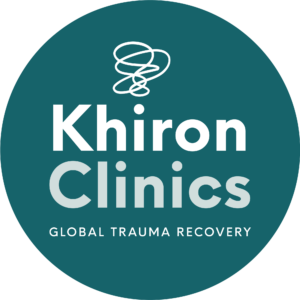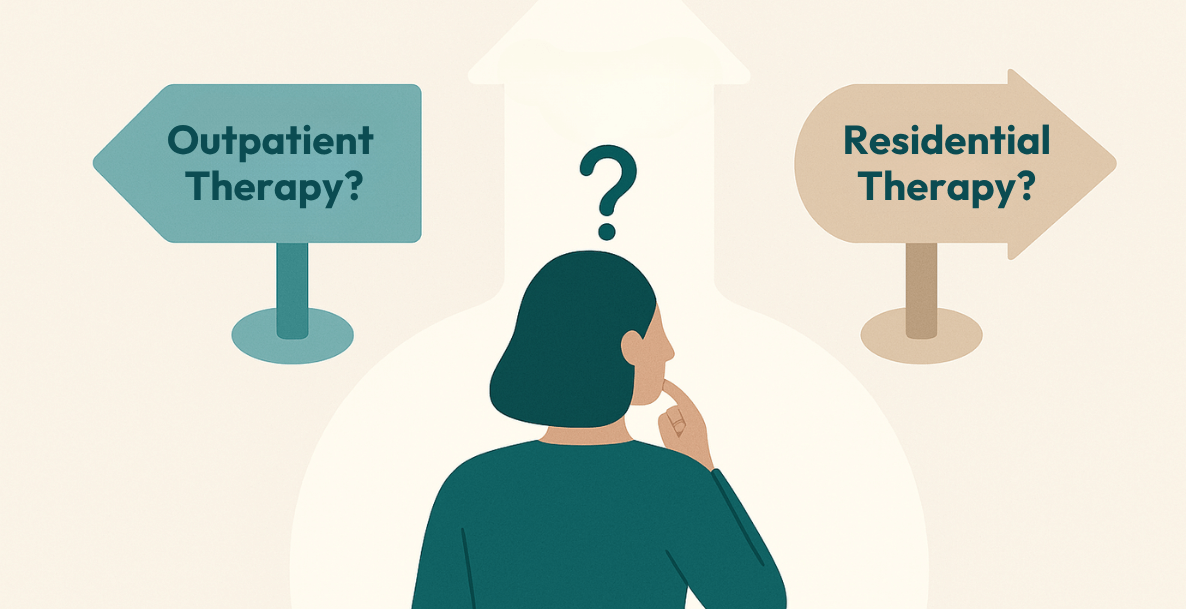Patterns of disordered eating are becoming increasingly common amongst children under the age of twelve. Children’s attitudes around food are affected by numerous factors, including the food-related behaviours of their parents and peers, self-esteem, negative body image, stress, bullying, or trauma.
Children frequently have changing attitudes towards foods, and they may become fussy, refuse to eat, or as young teenagers, they may experiment with fad diets. Most of the time, this is not cause for concern and is generally understood to be a developmental process. However, disordered eating habits can lead to eating disorders – especially if the child feels under pressure or has experienced trauma.
This article will explore the connection between trauma and disordered eating and the most common eating issues amongst children.
The Impact of Trauma
Recent research demonstrates that a high percentage of eating disorder sufferers have a history of childhood trauma and adverse childhood experiences (ACEs).[1]
The National Child Traumatic Stress Network states that “child traumatic stress occurs when children and adolescents are exposed to traumatic events or traumatic situations that overwhelm their ability to cope.”[2]
Childhood trauma may include neglect, domestic violence, sexual abuse, physical abuse, verbal abuse, an accident, or the loss of a loved one.
Trauma instigates our body’s natural survival response releasing the stress hormones adrenaline and cortisol. In children, prolonged stress is particularly harmful and may result in various detrimental behaviours.[3]
Numerous studies have evidenced the correlation between childhood trauma and the development of psychiatric disorders. These disorders may include eating disorders, mood disorders, PTSD, self-injuring behaviours, suicidal ideation, anger, and increased impulsivity and risk-taking.[4]
Chronic illness, diabetes, and mental health issues such as depression or anxiety also act as traumatic triggers for developing an eating disorder.[5]
The Escalation of Disordered Eating
Disordered eating patterns emerge when a child uses food to cope with difficult feelings or painful situations. Food can become a comfort in times of stress, anger, boredom, or loneliness. Food may be used to control situations or to give the child a sense of autonomy in situations where they feel unheard, unseen, or disempowered. Children may also harbour a negative sense of self and dissatisfaction with their bodies, resulting in fear of gaining weight or changing shape.
These habitual behaviours and attitudes towards food can quickly escalate into an eating disorder, in a sense trapping the child in a cycle that becomes increasingly difficult to break free from.
People commonly think of adolescents or young adults when they consider someone suffering from an eating disorder; however, rates of eating disorders amongst children under twelve have been steadily growing in recent years.[6]
Children are at a crucial stage of development where they are especially vulnerable to detrimental psychological and physiological effects. Eating disorders can cause significant damage to a child’s growing body and have long-lasting consequences for their mental health, including the onset of depression and anxiety.[7]
Eating disorders are complex mental health conditions that have the highest mortality rates of any psychiatric disorder. Of those surviving an eating disorder, 50% fully recover, 30% improve significantly, and 20% remain chronically ill.[8]
An eating disorder is symptomatic of an underlying issue that must be quickly understood, addressed, and treated before it has a chance to escalate.
Types of Eating Disorders in Children
The most common eating disorders amongst the adult population are anorexia nervosa, bulimia nervosa, and binge eating disorder. However, children tend to present quite differently to adults, so understanding the following most common child eating disorders is crucial.[9]
Avoidant/Restrictive Food Intake Disorder
Young children commonly experience this eating disorder. It can present as a general aversion or lack of interest in food or a sensory dislike of particular foods. A food once enjoyed may suddenly be refused, and the child may become distressed by chewing, swallowing, smelling, or seeing the food. If a particular food previously caused an adverse reaction, the child may become fearful of vomiting or getting a stomach ache. These restrictive behaviours can cause nutritional deficiency and weight loss, as well as long-term food aversion.
Pica
Pica is an eating disorder characterised by the ingestion of non-food substances. Young infants may place non-food items such as grass or toys in their mouths out of curiosity; however, pica sufferers will eat substances of no nutritional value, such as dirt, paint, sand, chalk, and hair. Sufferers may suffer from malnutrition, weight loss, and severe health complications such as blockages, internal bleeding, ulcers, or poisoning.
Anorexia Nervosa
Children with anorexia tend to have a distorted body image. They are likely to compare themselves to their peers and think they are overweight when they are not. Sufferers will seek to control their weight and body shape through food restriction, purging, or excessive exercise. Anorexia nervosa causes significant damage to health and a child’s development.
Next Steps
Witnessing your child struggle with an eating disorder is exceptionally difficult. You will likely feel upset, frustrated, fearful, and confused about where to turn.
Although it is critical to act quickly, be reassured that children can make a long-lasting recovery from an eating disorder and live a fulfilling, healthy life.
If you are the parent of a child with an eating disorder, please get in touch with us today, and we will work together to heal the entire family unit.
At Khiron Clinics, C+A attuned therapists can help you work through and process any unresolved trauma using specialist techniques and methods. Please contact us today.
Sources:
[1] Guillaume, S. et al. “Associations Between Adverse Childhood Experiences And Clinical Characteristics Of Eating Disorders”. Scientific Reports, vol 6, no. 1, 2016. Springer Science And Business Media LLC, doi:10.1038/srep35761. Accessed 21 Sept 2021.
[2] The National Child Traumatic Stress Network. n.d. About Child Trauma. [online] Available at: <https://www.nctsn.org/what-is-child-trauma/about-child-trauma> [Accessed 19 April 2021].
[3] Center on the Developing Child at Harvard University. n.d. Toxic Stress. [online] Available at: <https://developingchild.harvard.edu/science/key-concepts/toxic-stress/> [Accessed 19 April 2021].
[5] Pinhas-Hamiel, Orit, and Yael Levy-Shraga. “Eating Disorders In Adolescents With Type 2 And Type 1 Diabetes”. Current Diabetes Reports, vol 13, no. 2, 2012, pp. 289-297. Springer Science And Business Media LLC, doi:10.1007/s11892-012-0355-7. Accessed 21 Sept 2021.
[6] Campbell, K., and R. Peebles. “Eating Disorders In Children And Adolescents: State Of The Art Review”. PEDIATRICS, vol 134, no. 3, 2014, pp. 582-592. American Academy Of Pediatrics (AAP), doi:10.1542/peds.2014-0194. Accessed 21 Sept 2021.
[7] Smith PhD, LPC, Kathleen. “Eating Disorders In Children 12 And Under: Learn The Warning Signs”. Psycom.Net – Mental Health Treatment Resource Since 1996, 2019, https://www.psycom.net/eating-disorders-in-children.
[8] Steinhausen, H.C. (2002). “The Outcome of Anorexia Nervosa in the 20th Century.” American Journal of Psychiatry, 159, 1284-1293
[9] “Feeding And Eating Disorders”. 2013. American Psychiatric Association, doi:10.1176/appi.books.9780890425596.dsm10. Accessed 21 Sept 2021.






